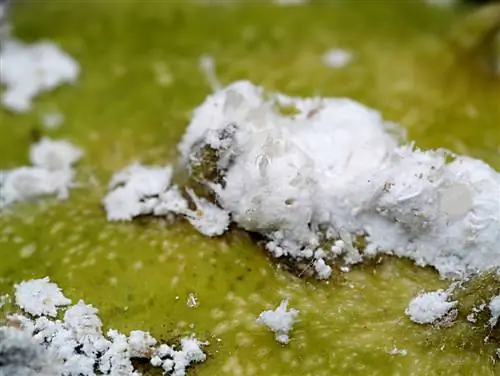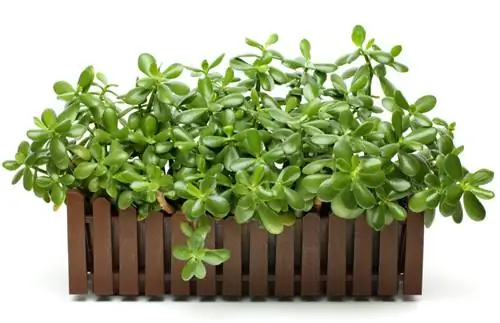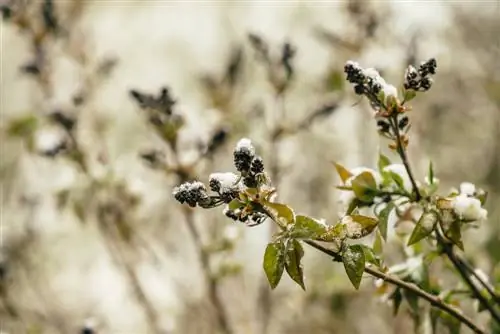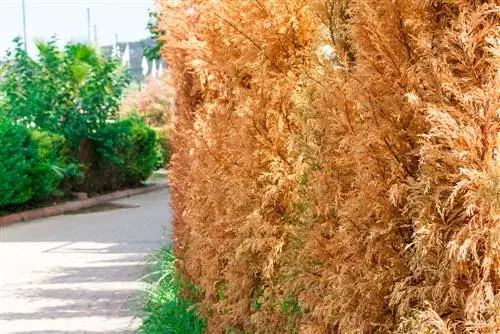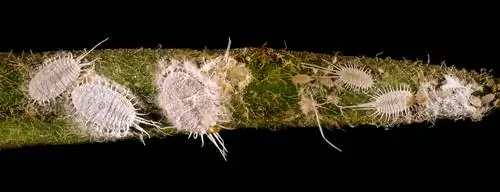- Author admin [email protected].
- Public 2023-12-16 16:46.
- Last modified 2025-01-23 11:21.
Aloe vera is considered to be quite robust. It hardly suffers from diseases and is actually rarely attacked by pests. It is all the worse if your plant suffers from it. Quick help is needed.

What to do if you get mealybugs on aloe vera?
To combat mealybugs on aloe vera, remove heavily infested parts of the plant and wipe the lice with rubbing alcohol. Repeat this for several days. Careful control of new plants and avoiding fertilizers that contain too much nitrogen help preventatively.
Mealybugs can be found on many houseplants; they seem to particularly like orchids, cacti and succulents, but also the popular poinsettia and the Ficus benjamini. Therefore, these lice should be controlled as quickly as possible before they can spread to other plants.
How can I recognize mealybugs?
There are around 100 species of mealybugs and they can be found worldwide. A white, greasy coating on the plant is the characteristic sign of an infestation. Later, a blackish coating often appears that can be easily wiped off. Then the sooty mold fungus has already established itself.
Are there home remedies for mealybugs?
It is best to cut off severely affected parts of the plant. Then spray the plant with lemon balm spirit (€56.00 at Amazon) or wipe the lice off with spirit on a cloth. Repeat the chosen measure on several days in a row.
How do I protect my aloe vera from lice in the future?
Prophylaxis against renewed mealybug infestation begins with the purchase of new plants. Always check them carefully for pests. Avoid care mistakes for all houseplants, as these weaken the plants in question. The same applies to low-light locations, dry heating air and fertilizers that contain too much nitrogen. As a preventative measure, it is better to fertilize with nettle or horsetail manure from time to time.
The most important things in brief:
- mostly occur in winter
- belong to the scale insect family
- multiple damage: suck out lifeblood, produce poison, secrete honeydew, m, which attracts the sooty mold fungus
- isolate affected plants immediately
- can be combated with home remedies
- If the infestation is severe, the plant may die
- Subspecies root louse: relatively difficult to recognize
- biological control: lacewings, ladybirds and parasitic wasps
Tip
If your aloe vera is obviously suffering, but no pests are visible at first glance, then you are thinking of the root louse. It leaves greasy white marks on the inside of the affected flower pots.

